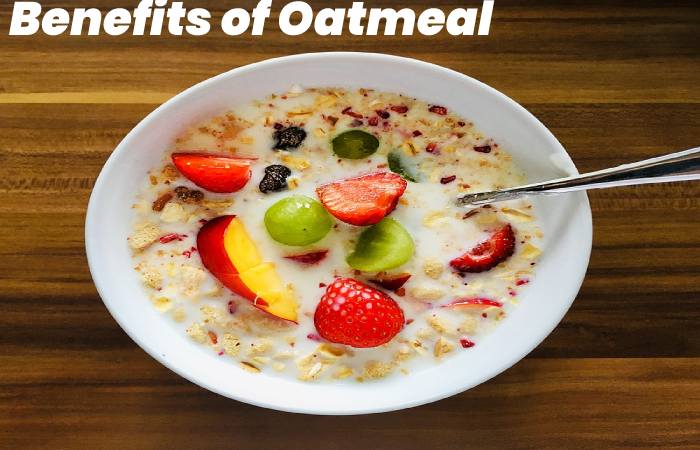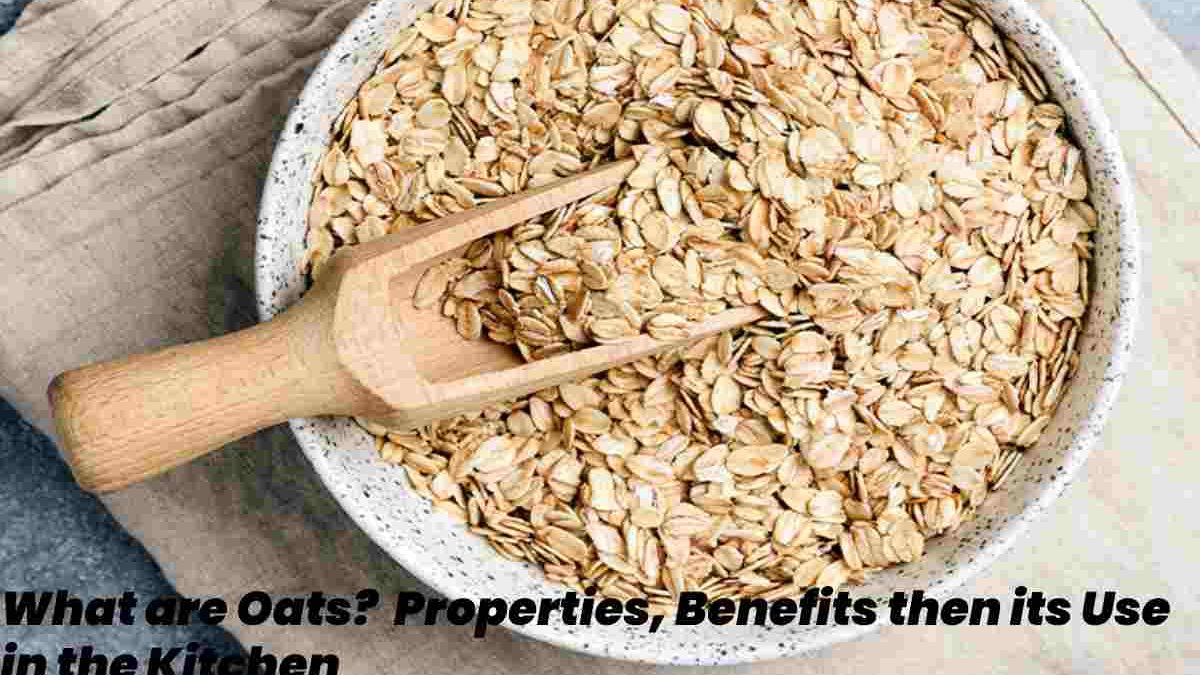Table of Contents
What are oats?
Oats, formally named Avena sativa, is a type of cereal grain from the Poaceae grass family of plants. The grain refers specifically to the edible seeds of oat grass, which is what ends up in our breakfast bowls.
It also represents one of the primary sources of proteins and fibres essential for the body functioning.
A well-known cereal is oatmeal, it is one of the most popular after wheat, and we have all eaten or heard about oatmeal, but we know very little about it. Today, we decided to present you with an article that compiled the most relevant and detailed information about oats. Below you will discover the history of this cereal, its benefits, uses and more.
What is Oatmeal?
As anticipated, this plant is a herbaceous plant that belongs to the Poaceae or Gramineae families and is used mainly as food and fodder.
This is one of the most complete and natural foods that currently exist since it is so rich, energetic and satiating in a natural way that it is little manipulated in its production.
Properties and Nutritional Value
Like all cereals, oats are a natural source of protein, fibre, minerals and vitamins and are therefore a real and essential food in any balanced diet.
In this sense, it is convenient to visualize the nutritional data of oats. In the following table know what nutritional contribution you will find when consuming oat grains.
Benefits of Oatmeal

Oatmeal is an excellent source of fibre, unsaturated fatty acids, vitamins, and phenolic acids, so its consumption reduces the risk of cardiovascular disease.
In addition, these components also make their consumption beneficial for diabetes control and prevention. Thanks to the feeling of satiety it produces, it is also an excellent ally for losing weight.
And finally, it should note that it is ideal for athletes as it contains vitamins, antioxidants and minerals that optimize neuromuscular function and provide long-term energy.
Helps in Blood Sugar Control
It is mainly due to its large amount of soluble fibre, more specifically beta-glucans, that, during digestion, form a kind of gel that slows down the emptying of the stomach and the passage of sugar into the blood. This is especially important for people with type 2 diabetes.
Feeds the Good Bacteria in Your Gut
Oats are rich in an answerable fibre called beta-glucan, which is fermentable. This makes it have a prebiotic effect in the intestine. It feeds the beneficial bacteria that make up the microbiota and favours their growth, viability and permanence in the intestines.
It helps you Lower Cholesterol

The beta-glucans in oats also help reduce bad LDL cholesterol by reducing the absorption of cholesterol from other foods.
On the other hand, its Davenant ceramides can help prevent cholesterol oxidation, especially if oats are eaten with foods rich in vitamin C. This makes oatmeal ideal for inclusion in the diet to prevent cardiovascular disorders.
Origin of Oats
This cereal originates from Central Asia, consider a weed, although it was still grown in reasonable quantities. Archaeological data has proven that in Central Europe, this grain was already used in the Bronze AgeIt. It is likely that during the Roman Empire, these settlers migrate to the British Isles, as it soon became a staple food in England, Ireland and Scotland, and later spread to other regions.
It is essential to mention that oats consider a weed in their beginning and were used for human consumption but as fodder for animals and livestock.
Characteristics of Oats
It a flattened grain or flake from a plant called oats, and these grains are rich in protein, carbohydrates, fat, niacin, iron and vitamin B1.
This grain is mainly used to create oatmeal, although other foods can also prepare, such as bread, cakes and pies.
Types of Oats
Oats have several varieties classified according to grain quality criteria, productivity, resistance to cold, diseases and lodging, and according to colour.
We can mainly identify 4 types of oats:
- Forecast: It is precocious, resistant to drought and has a red grain.
- Moyencourt: It is spring oats with a black and heavy grain and sensitive to cold.
- La Blancanieves: It is a winter variety, sensitive to cold, and its grain is white and severe.
- Cóndor: It is also keen to mean that it is suitable for fertile lands and white grain.
Where do Oats Come from?
The grain or flake of oats as we know it extracts from a plant that bears the same name; when we talk about oats, we must distinguish between green oats and grain.
Therefore, if you want to produce oats for consumption, you must sow, cultivate and harvest these plants, and extract the oat grain from there.
Oat Plant
Oats a herbaceous plant that belongs to the grass family. This plant is autogamous, which means that it reproduces by itself. This is a plant of cool climates, susceptible to dry climates. It is rustic for soils since it adapts to a great diversity of soils, although it grows better in deep soils.
Conclusion
Oatmeal considers the queen of cereals for its large amount of minerals, vitamins, and antioxidants. In making it one of the favourite foods for breakfast and for preparing healthy desserts. Consider the queen of cereals for many years, oats have been essential in more nutritious diets and weight loss. You have become a vital food for children’s breakfasts. Thanks to its large amount of minerals, vitamins and antioxidants. It has been gaining ground, and more and more people choose to include it in their diet.

